Why make babies from three people?
- Published
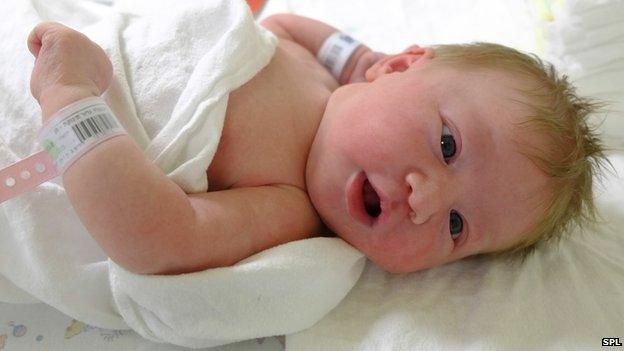
The UK is considering whether it should allow the creation of babies from three people to prevent deadly diseases.
A scientific review suggests the advanced form of IVF should be safe and the government backs the idea.
But critics, including some academic experts, say there could be significant unknown risks. Others highlight ethical concerns.
Why would you want to?
Doctors believe it could save lives. Around one in every 6,500 babies are born with mitochondrial disease.
It leaves them with insufficient energy to run their bodies causing muscle weakness.
But in severe cases there is not enough fuel to keep the heart beating and it can even be fatal.

What are mitochondria?

Defective mitochondria leave the body unable to produce enough energy
Mitochondria are tiny "power stations" present in great numbers inside nearly every cell of the body.
If a high proportion of them are defective then cells will be devoid of energy.
Mitochondria are passed on to a child from the mother.

How would three-person IVF work?
Two separate techniques are being devised, but they both share the same common principle - take the DNA from the parents and combine it with healthy mitochondria from a female donor.
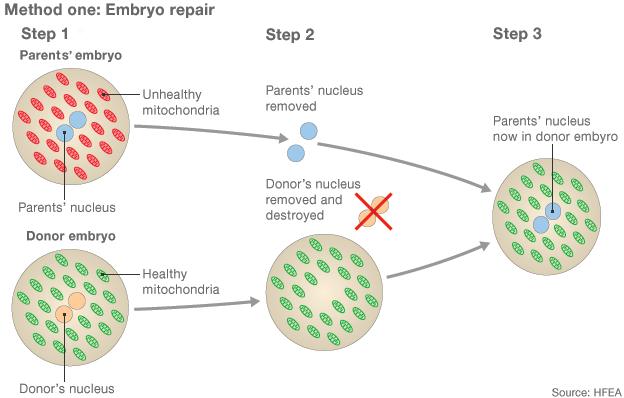
1) Two eggs are fertilised with sperm, creating an embryo from the intended parents and another from the donors 2) The pronuclei, which contain genetic information, are removed from both embryos but only the parents' are kept 3) A healthy embryo is created by adding the parents' pronuclei to the donor embryo, which is finally implanted into the womb
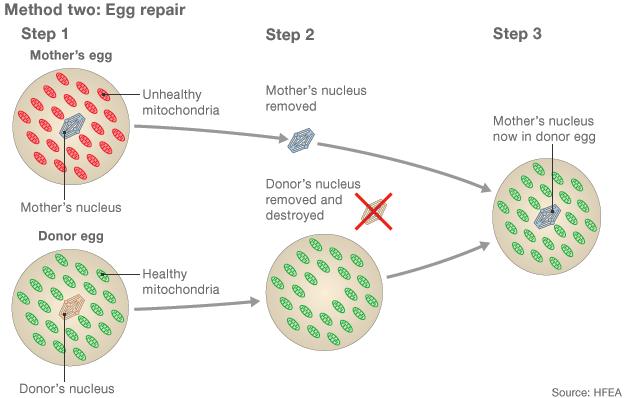
1) Eggs from a mother with damaged mitochondria and a donor with healthy mitochondria are collected 2) The majority of the genetic material is removed from both eggs 3) The mother's genetic material is inserted into the donor egg, which can be fertilised by sperm.
Pronuclear transfer involves fertilising two eggs and moving the combined parents' DNA into the fertilised donor egg.
Spindle transfer is the other way round. The mother's DNA is moved into the donor egg, which is then fertilised.
It is unclear which is the safer or more effective method.

Is it safe?
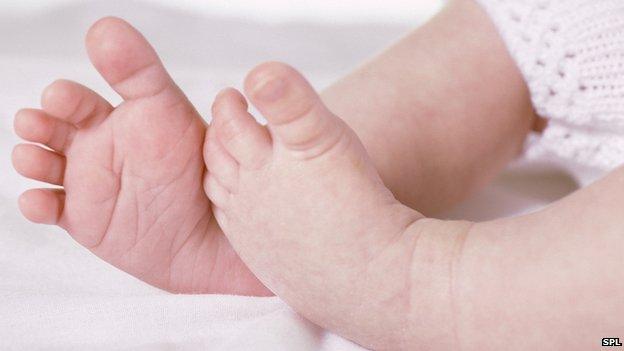
Nobody can be certain.
A scientific review by the fertility regulator, the Human Fertilisation and Embryology Authority, cautiously said there was no reason to think it would be unsafe.
HFEA science review on mitochondrial transfer, external.
But at some point it will take a massive leap into the dark - just as it did with the first IVF baby.
Some critics say it is too soon to enter this unchartered territory, and that Britain would be making an historic mistake using a technology that could create significant unknown risks to future generations, external.

When will this happen?

It is not legal at the moment in the UK, although it will take only a minor change to regulations not new legislation.
The Department of Health has backed the idea and is assessing the legal and ethical implications.
It will then be down to the HFEA to allow individual clinics to proceed, however, the organisation says the science is not yet ready and has called for more tests which could take until 2016.

Are there ethical concerns?
.jpg)
The techniques would create babies with DNA from three people, as there is a small amount of DNA in the mitochondria.
This would create a permanent change in human inheritance and raises many issues.
Concerns such as "playing god", a "slippery slope" to designer babies and "aborting disabled people" were raised in a public consultation on the issue.
HFEA: Public consultation results, external
Human Genetics Alert: mitochondria transfer concerns, external

Who's the mummy?

The fertility regulator's advice to government is that there are only two parents.
The woman who donates an egg would be treated as a tissue donor.
This means any resulting children would have no right to know who the donor was. In sperm donation children have that right at age 18.

Is it legal?
If passed, the UK would become the first country in the world formally to legalise the procedure.
Some countries have banned the procedure.
US advisers are still considering whether to allow clinical trials to go ahead.
- Published3 June 2014
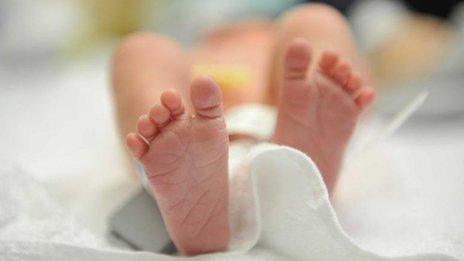
- Published12 June 2012
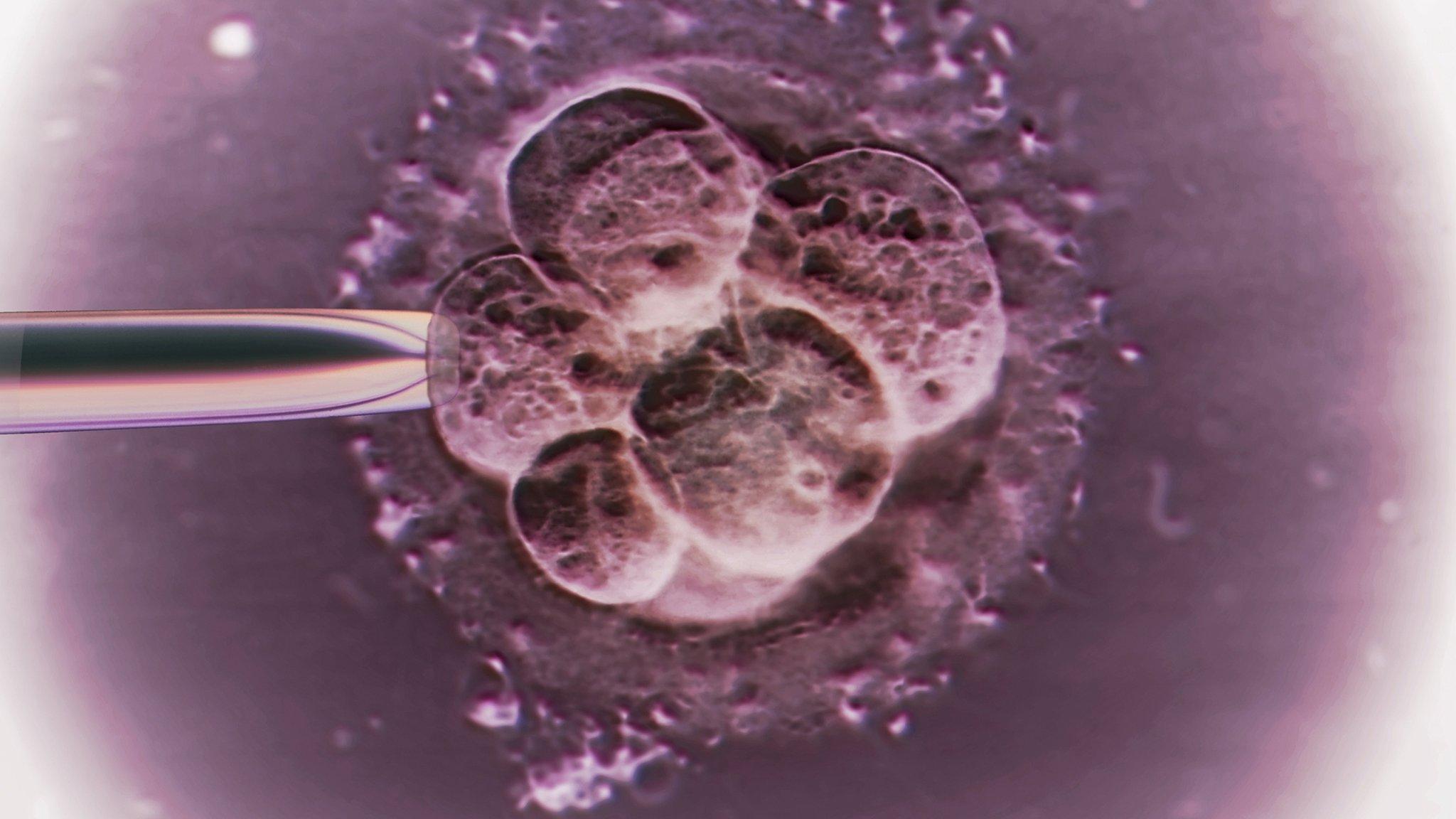
- Published20 March 2013

- Published28 June 2013
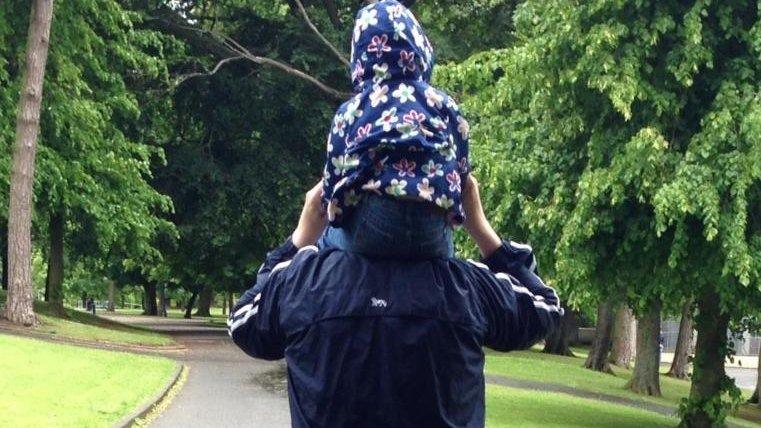
- Published20 September 2012
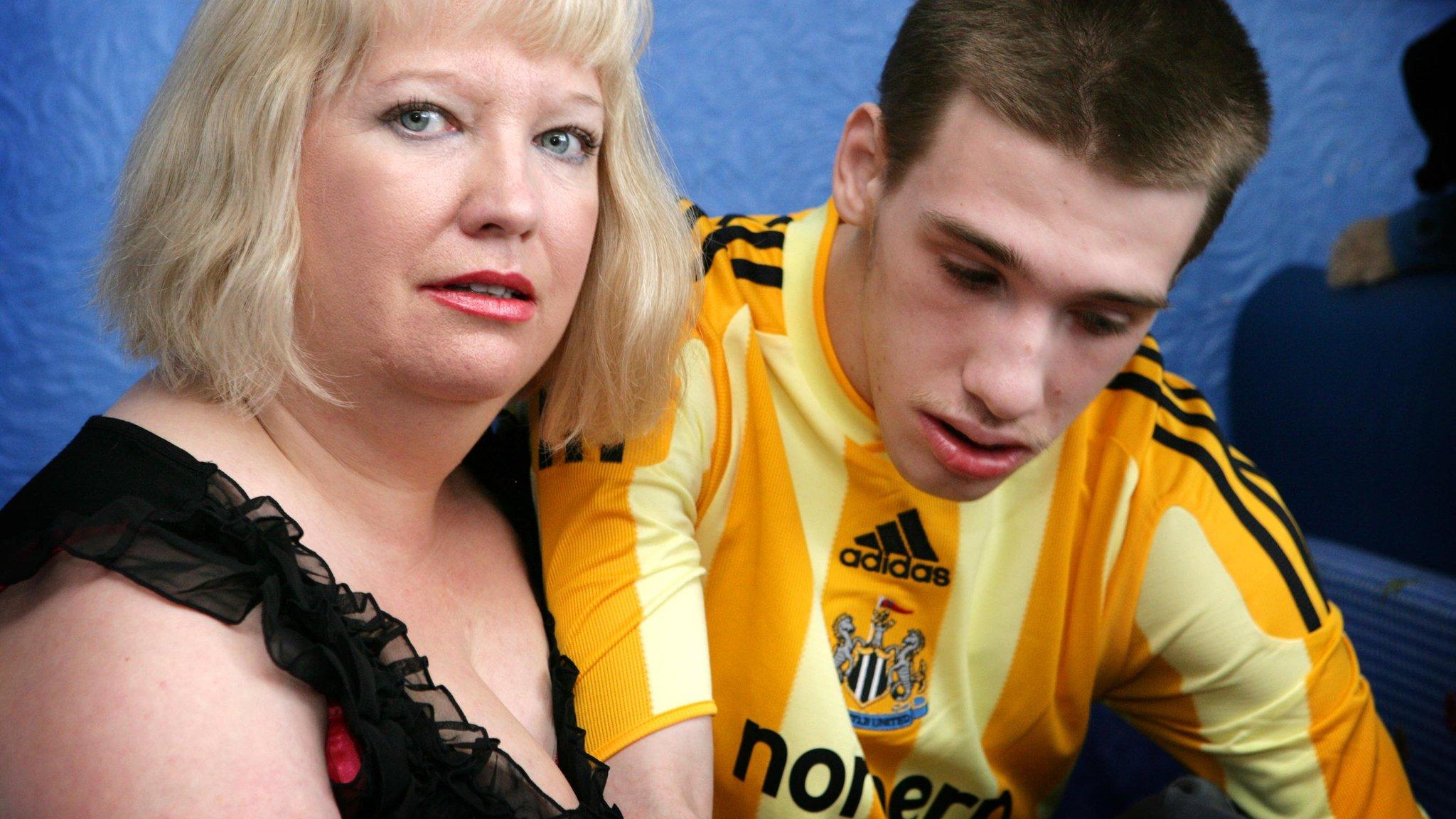
- Published17 September 2012
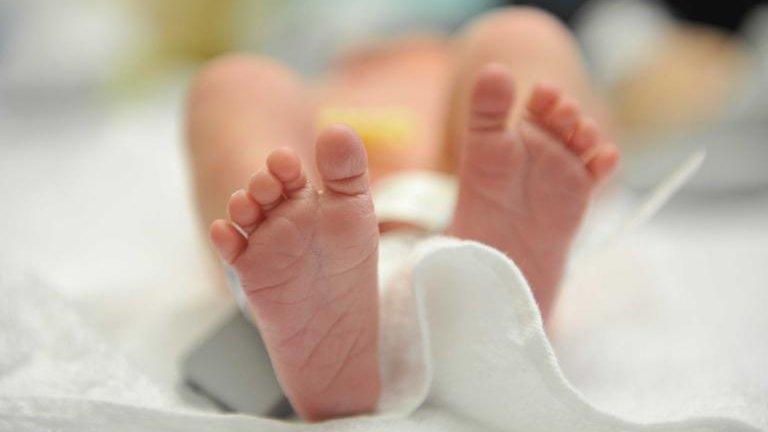
- Published27 February 2014

- Published28 June 2013
